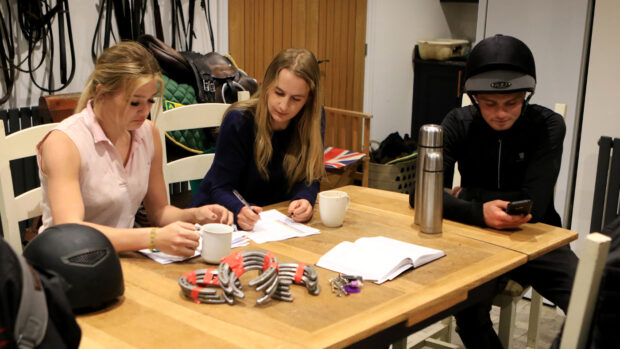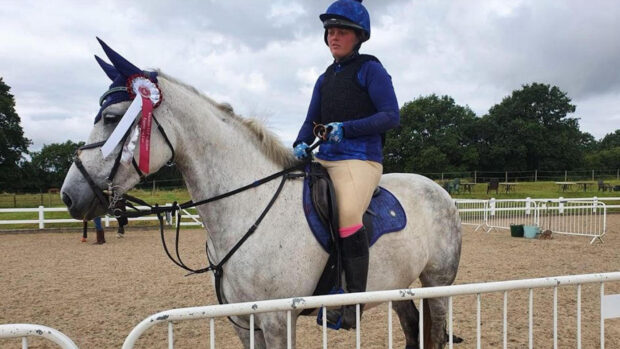Q: I own a six-year-old mare who had surgery on her hocks some time ago. She has been given the all-clear by the vet and has recently come back into work. However, she is reluctant to engage her hindquarters during schooling. I have had her back checked and she has had some physiotherapy. What exercises I can do to encourage her to use her hindquarters without putting excessive strain on her hocks?
Equine physiotherapist, Vicky Spalding replies: “Speak to your vet again because discomfort may be preventing your horse from engaging her hindquarters and this should be ruled out before you progress any further.
“Having your horse’s back checked prior to resuming work was a good idea, as she could have developed back pain as a secondary consequence to her hock problems. Your mare may need further input from the physiotherapist as her work programme progresses until her back and quarter muscles strengthen up.
“Following any prolonged rest or injury, work needs to be re-introduced gradually so don’t expect too much too soon. A rehabilitation programme should aim to build up strength and stamina and should be progressive. It is important that you don’t put your horse’s hocks under too much pressure – you may be expecting her to work correctly when she is not fit enough or strong enough to do so.”
Dressage specialist, Debbie Moore says: “It’s important to take it very slowly with your mare to give her time to regain her strength and suppleness following her surgery.
“When schooling, keep all your circles and figures large to avoid putting too much pressure on her. As she becomes more confident, introduce some gentle lateral work, such as leg yielding and shoulder-fore. Begin in walk and gradually introduce this in trot as she becomes stronger.
“A useful exercise would be spiralling on a circle, where you ride the circle down to a smaller one and then leg yield back out on to your larger circle again. Initially, from a 20m circle you might only spiral down to 15m. As your horse becomes stronger and more supple, you could decrease to 10m.
“Shortening and lengthening the stride within the pace will encourage engagement and obedience to your leg and seat. At this stage in your horse’s recovery, there may only be a slight change in the length of stride, but as she becomes more supple she will develop a distinction in stride length within the pace.
“Remember to listen to your horse. If she is finding an exercise difficult, go back to an easier one to regain her confidence.”




